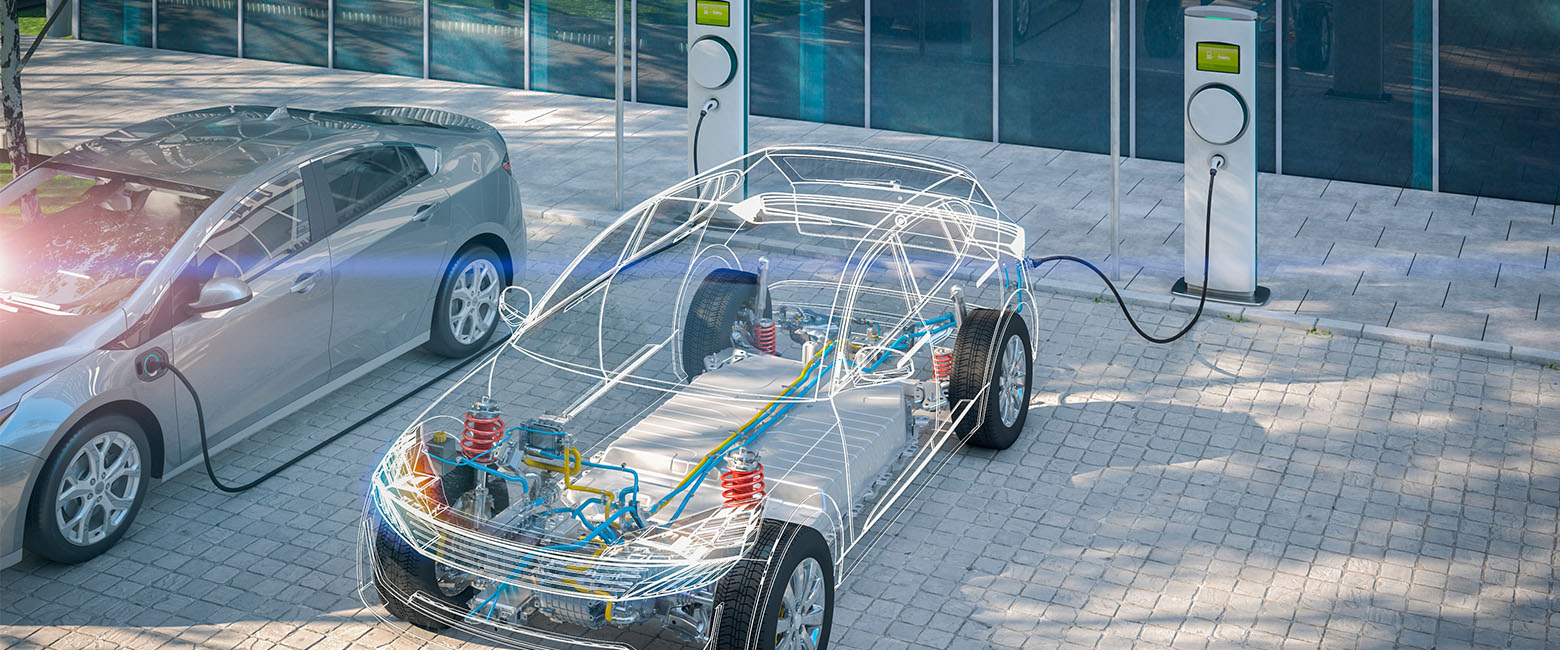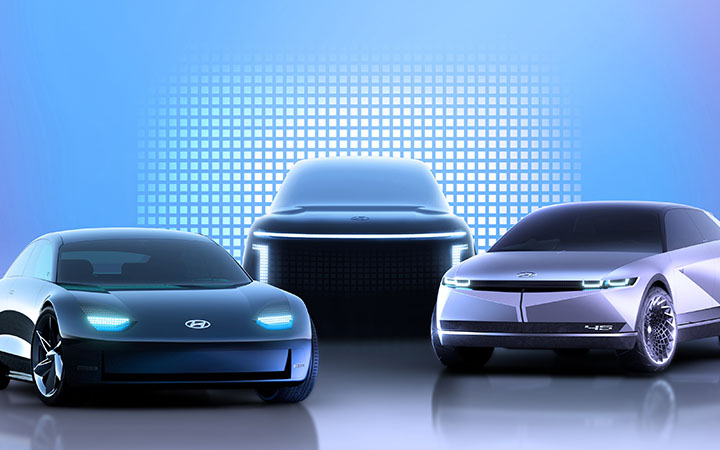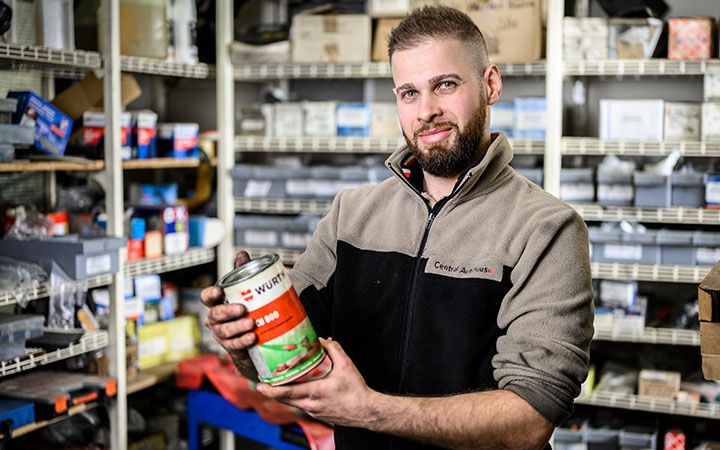Across the world, the growing acceptance of the electric vehicles is broadly-speaking driven by the accelerating environmental consciousness of the consumer and a multi-faceted favourable regulatory framework. We look at the likely impact of this change for drivers, repairers and the automotive aftermarket.
EVs across the UK and Europe are truly becoming more mainstream due to the pressure on the major economies to reduce the consumption of fossil fuels and the resultant emissions and pollution levels in the major cities. To make a meaningful impact, most of the countries in the UK and Europe have established set time frames for phasing out the sale of internal combustion engine (ICE) vehicles sold, with most targeting the end of this decade.
For example, in the UK it is expected that there will be an increase in sales for EVs from circa. 200,000 to 10 million by 2030, which represents 24% of the current car parc. The pattern is repeated across Europe and some of the more progressive states in the USA and China, now the largest car manufacturer in the world.
With the major manufacturers offering an ever-increasing choice of models across all market segments and price ranges, it is estimated that there will be almost 100 new models introduced globally over the next two years, with GM alone bringing 22 EVs to market. Closer to home, although the uptake is still very low in Australia, there are almost 30 PHEV models available today.
To support this growth in sales, fast charging networks are expanding rapidly. In the UK, BP has acquired Chargemaster, the UK’s largest charge network, and in China they have teamed up with DiDi, the ride hailing app, to provide the technology to support drivers, guide them to the charging points, and provide drivers a better experience. In the US, Volkswagen has created a spin-off company called Electrifying America to build charging infrastructure as part of its settlement with the US government over its diesel-emissions scandal.
Consequently, the decision has been made for us here in Australasia. The bigger markets are all transitioning to this technology and being an importer of vehicles, we will really have no option. However, we do have some influence on the adoption rate. The most recent Electric Vehicle Council survey indicates that people are increasingly likely to consider an EV for their next vehicle, whilst the proportion of those who would NOT consider an EV has dropped substantially.
In addition, there has been substantial commitment to invest in the required infrastructure through the Future Fuels Fund and the ongoing commitment to the Australian Renewable Energy Agency, so things are happening on the regulatory front. At a consumer level, demand for hybrids and EVs is really on the increase as many more options become available.
Now that numbers are growing, we get a real sense of the impact on the motoring experience, and the most immediate concern continues to be “range anxiety”.
Currently, EVs have a range of between 350 and 500 km, and as battery costs come down, this range will improve. As the average daily usage is only 38 km, statistically an EV user would only need to recharge once every 10–12 days, depending on the range of their vehicle. For longer journeys, initially more planning will be required until the roll out of fast-charging infrastructure.
In terms of affordability, although the initial cost is still greater than the ICE equivalent model, the running costs are very low by comparison, not just in energy cost but the much-reduced maintenance as there are significantly fewer moving parts.
For collision repairers, there are likely to be some considerable changes in the way vehicles are handled and repairs are managed. Although structurally different, over the years our industry has been pretty good at adapting to new materials, construction methods and repair techniques. The experience with EVs and PHEVs is just the next step in this evolution.
So, in closing, the final message to the collision repair industry. The transition to EVs is underway, “whether we like it or not”, and the decision has been made for us. The good news is that it will be some time before this transition will have a major impact on the day-to-day business of the collision repairer, so there is ample time to prepare and adjust to ensure you can proactively meet your customers’ evolving needs. This will include taking the opportunity to upskill yourself and your employees and assess what new services you can offer.
This article was provided courtesy of the National Collision Repairer.

